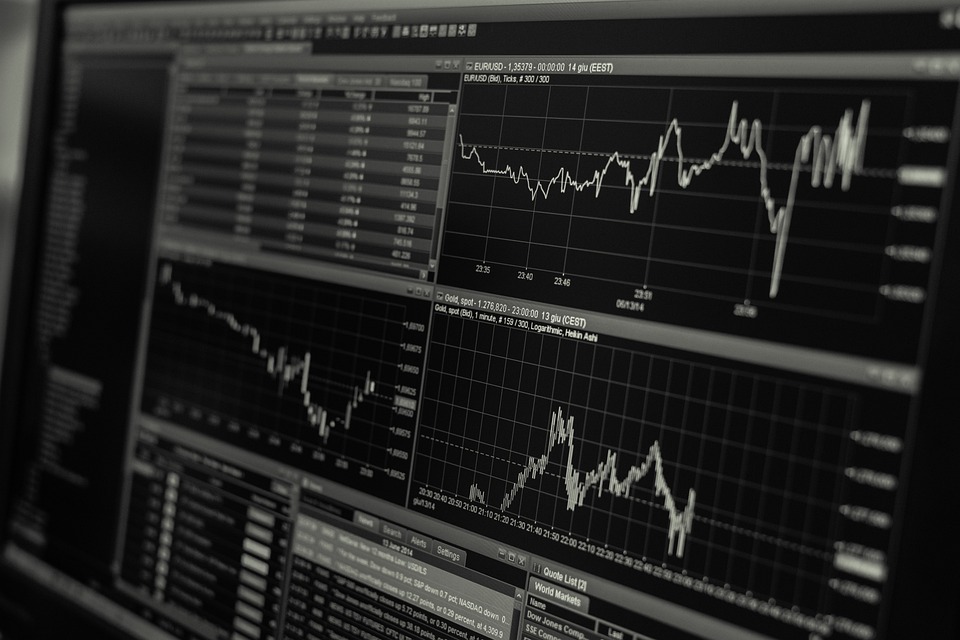 Image source:
Image source:
As of Thursday’s stock market close, the Dow Jones Index (US30) was up by 0.87%, while the S&P 500 Index (US500) added 1.03%. The Nasdaq Technology Index (US100) closed positive by 1.26% on Thursday. Thursday’s US Q3 GDP reports and the Philadelphia Fed’s December business outlook survey came in weaker than expected, raising expectations of a Fed rate cut and supporting the indices.The Philadelphia Fed’s December business outlook survey unexpectedly fell by 4.6 to minus 10.5, which was weaker than expectations for a rise to minus 3.0. Also, the US Q3 GDP report was revised down by 0.3 to 4.9% (q/q), which was weaker than expectations of no change at 5.2%. In addition, leading indicators for November declined by 0.5% m/m, marking the twentieth consecutive month of declining readings. In contrast, weekly initial jobless claims rose by 2,000 to 205,000, indicating a stronger labor market than expectations of a rise to 215,000.The US will release the PCE inflation report today, which is favored by the US Fed over CPI because the PCE measure covers a wider range of goods and services than CPI and a broader range of buyers. Economists expect the PCE price index to be unchanged for a second month in November, while the core index, which excludes volatile food and energy costs, is expected to rise 0.2%. A rise in the PCE index would temporarily restore confidence in the US dollar and be a headwind for indices and gold.Equity markets in Europe traded yesterday without a single dynamic. German DAX (DE40) declined by 0.27%, French CAC 40 (FR40) fell by 0.16%, Spanish IBEX 35 (ES35) added 0.03%, and British FTSE 100 (UK100) closed negative by 0.27%.Oil prices came under pressure on Thursday after Angola announced its withdrawal from OPEC+ amid a dispute over oil production quotas. Angola is Africa’s second-largest oil producer, and the split between Angola and other OPEC+ members is bearish, signaling more strife between members of the organization. Others in OPEC+ may also resist Saudi Arabia’s attempt to force all members of the organization to cut production.Natural gas prices rose sharply on Thursday amid a larger-than-expected decline in weekly US gas inventories. The EIA reported that US natural gas inventories fell by 87 billion cubic feet, more than forecasts of 82 billion cubic feet. As of December 15, natural gas inventories were up by 7.6% from a year earlier and were 8.5% above the 5-year seasonal average, indicating ample natural gas supplies. In Europe, natural gas storage facilities were 89% full as of December 17, above the 5-year seasonal average of 77% for this time of year.Asian markets were mostly up on Thursday. Japan’s Nikkei 225 (JP225) gained 0.28% yesterday, China’s FTSE China A50 (CHA50) rose by 2.03%, Hong Kong’s Hang Seng (HK50) ended the day up by 1.95%, and Australia’s ASX 200 (AU200) ended Thursday positive 0.53%.In Japan, consumer prices excluding fresh food showed 2.5% y/y, down from the previous reading of 2.9%. The fall in energy costs intensified while the rise in processed food prices weakened. The latest data is consistent with previous Tokyo data and the BOJ’s view that price pressures will gradually ease as import-driven inflation falls, with the focus on whether the broader trend supported by wage growth takes root. The consensus among economists is that the Bank of Japan will bring the rate to zero in April 2024 after checking the outcome of annual wage negotiations due in March.Apart from Japan, Australia is the only developed economy where traders are unsure if policymakers will start cutting the key rate in the next six months. Once the Reserve Bank’s rate easing cycle begins, the market sees it as the least likely to cut rates. The RBA’s rate is 1% lower than the Fed’s, emphasizing the subdued pace of tightening even though inflation in Australia remains higher than in the US and UK. These differences help explain why RBA chief Michelle Bullock is taking a hawkish tone and why money markets expect the RBA to tread cautiously on the easing path. This will lead to a stronger Australian dollar next year against major currencies.
News feed for 2023.12.22:
More By This Author:

